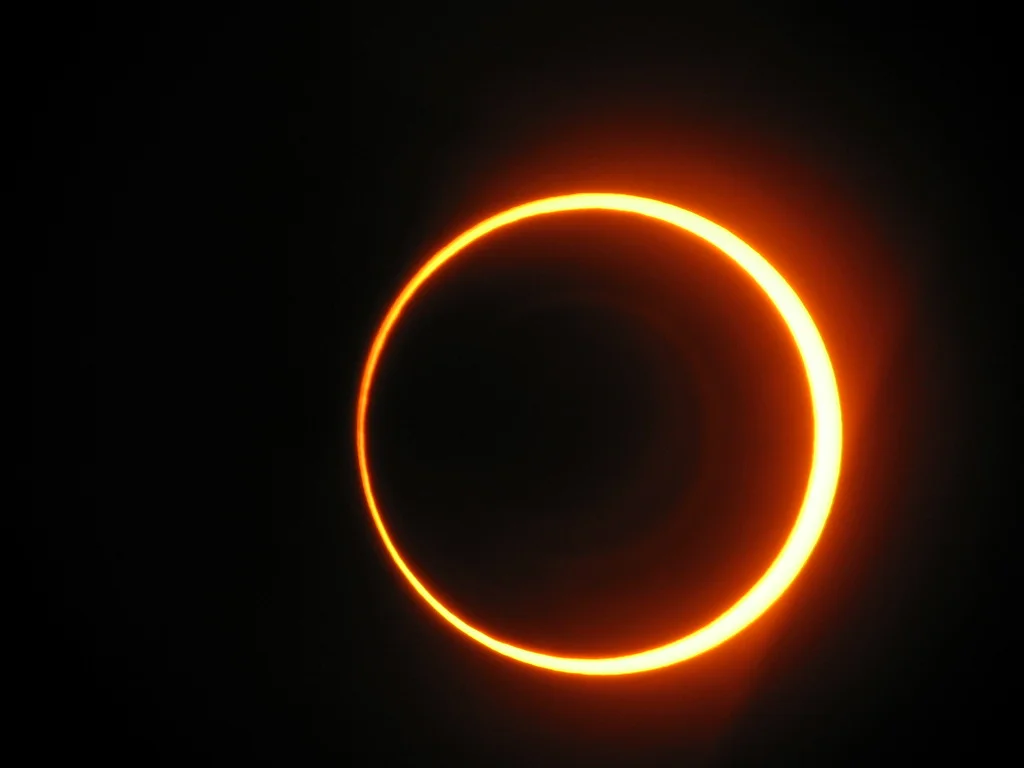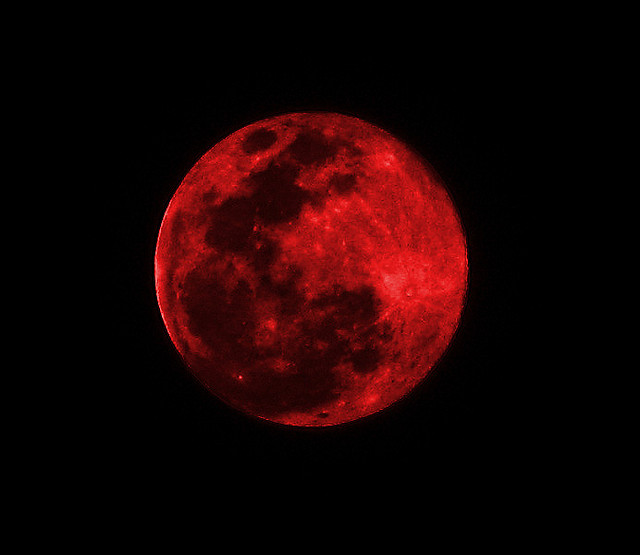Ever think about the Moon? We know that God created it in the beginning.
Genesis 1:16
God made the two great lights, the greater light to govern the day, and the lesser light to govern the night
We know it gives us light at night, light reflected from the sun.
Without this moonlight, the food chain would be forever changed, as many night-time hunters rely on the moon to hunt, and their prey rely on the moonlight to spot hunters and evade them.
Psalm 8:3,4
When I consider Your heavens, the work of Your fingers, The moon and the stars, which You have ordained; What is man that You take thought of him, And the son of man that You care for him?
Did you know the moon also provides other things we need besides light at night?
Since the Earth and moon are attracted to each other by gravity, the moon tries to pull anything on the Earth, most things the more powerful gravity of the Earth keeps in place, but since water is always moving, the moon is able to affect it. The moon causes a high tide then a low tide, there are around 12 hours 25 minutes between the two tides. The change in orbits of the earth and moon as well as sun cause the tides to change in intensity as well.
Is our moon the largest? Not really.
However our moon is the largest moon in relation to its planet. Earth is about 12,700KM in diameter, while the moon is 3,500KM in diameter.
Now this picture is a bit deceptive, in actuality, our moon is pretty far away. The average distance is 380,000KM, and the picture in scale is below.
Have you ever wondered why the Moon appears to fit precisely over the Sun during an eclipse? The Moon is 400 times smaller than the Sun, yet it's also 1/400th of the distance between the Earth and the Sun.
The atheist Isaac Asimov described this as being 'the most unlikely coincidence imaginable'.
The earth has a 23.5 degree tilt, very important for our seasons.
Mars has changed its tilt by 30 degrees through time.
The earth tilt is not changing due to the stabilizing gravity of the moon. Mars has two moons, but they are too small to stabilize its tilt.
The moon is also what is called a gravity break on earth. It’s a slow break. It is guessed that our orbit won’t slow by a second for another 64,000 years, however without the moon, it is likely the earth would complete a full rotation in 8 to 9 hours, instead of 24.
Ever notice that the moon can appear blood red at times?
In folklore, all the full moons have names. The Hunter’s Moon is the name of the full moon right after the Harvest Moon, which is the full moon occurring most closely to the fall equinox.
The Hunter’s Moon, is sometimes called the Blood Moon, most likely because it appears nearly full and rises soon after sunset for several nights in a row. Many people see the moon low in the sky, shortly after it's risen, when there is more atmosphere between us and the moon than when the moon is overhead. More atmosphere, means the moon looks even more red than normal.
What else can cause the moon to appear red? Scattered light
What scatters light?
1) natural presence of dust particles in atmosphere
2) sudden increased concentration of dust particles in atmosphere
3) total lunar eclipse
The Bible tells us that the moon will be affected in the end times, it can be interesting to consider what else besides light could be affected….
Joel 2:30,31
“I will display wonders in the sky and on the earth, Blood, fire and columns of smoke.
“The sun will be turned into darkness And the moon into blood Before the great and awesome day of the Lord comes.
Revelation 6
I looked when He broke the sixth seal, and there was a great earthquake; and the sun became black as sackcloth made of hair, and the whole moon became like blood;
Could the moon becoming like blood be just another eclipse, or could it mean more dust or debris in our atmosphere?
Matthew 24:29
“But immediately after the tribulation of those days the sun will be darkened, and the moon will not give its light, and the stars will fall from the sky, and the powers of the heavens will be shaken.
Revelation 8:12
The fourth angel sounded, and a third of the sun and a third of the moon and a third of the stars were struck, so that a third of them would be darkened and the day would not shine for a third of it, and the night in the same way.
The moon being struck, does that refer to just being darkened, or literally hit? I looked it up in Strong's concordance, and it says to strike or smite.
Could part of the moon end up in our atmosphere, or leave totally? If part of the moon or the whole moon left orbit, what would that do to tides, the tilt of the earth, and the rotational speed of the earth?
© Vivian P. Kirkpatrick, 2015











